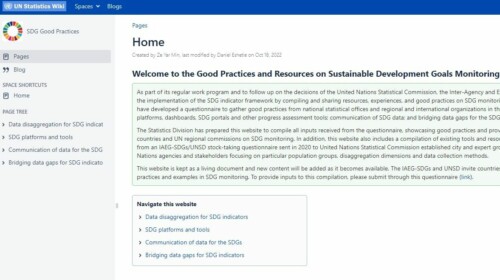This course aims to increase the capacity of participants to read and understand tables from household-based DHS Program surveys to support evidence-based decision making. This course is intended for global DHS Program data users, including employees of National Statistical Offices or other implementing agencies, program managers from Ministries of Health, policy makers, journalists, USAID Missions, and staff from partner and NGO organizations. The course is designed to take approximately one hour to complete.
Target Audience
This course is intended for global DHS Program data users but primarily designed for audiences in low- and middle-income countries. Primary audiences include employees of National Statistical Offices or other implementing agencies, program managers from Ministries of Health, policy makers, journalists, USAID Missions, and staff from partner and NGO organizations. The course can also be used as pre-work for report writing and dissemination workshops if adapted to use country-specific tables.
Learning Objectives
At the end of the course, learners will be able to:
- Describe the 4 basic steps in reading The DHS Program tables
- Identify the denominator of the table from the subtitle and in the data
- Identify the indicators being presented in the table (column headers)
- Identify the background characteristics that are being used to disaggregate the data (row headers)
- Identify the totals in the table (bottom row)
- Identify specific data in a DHS Program table (find a specific data cell)
- Compare indicator data by background characteristics (find highest, lowest, and range)
- Identify patterns in indicator data by background characteristics
- Identify the denominators from the subtitle and in the data in a table with multiple denominators
- Describe when and why parentheses are used in The DHS Program tables and their implications for data use
- Describe when and why asterisks are used in The DHS Program tables








